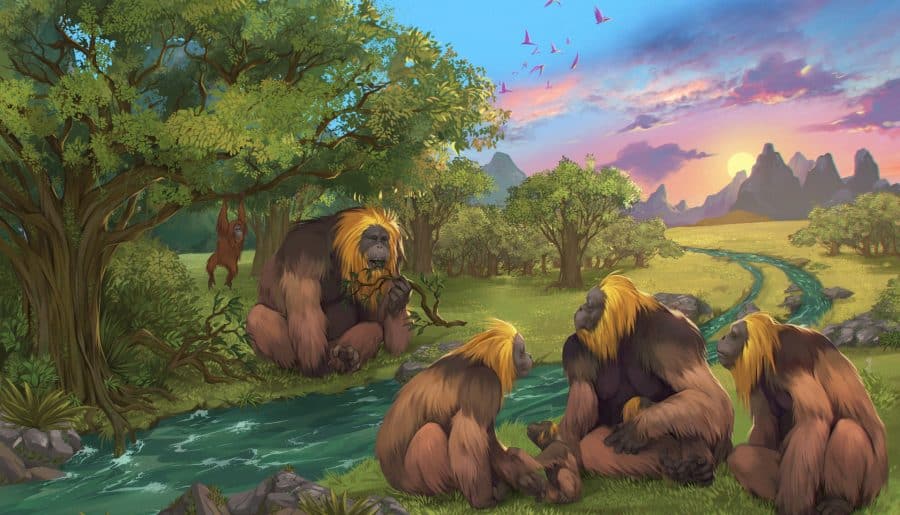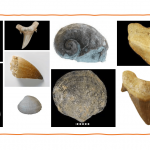Have you ever heard of the largest primate species to ever exist?
Meet the Gigantopithecus blacki, the giant ape that roamed southeast Asia 2 million to 300,000 years ago.
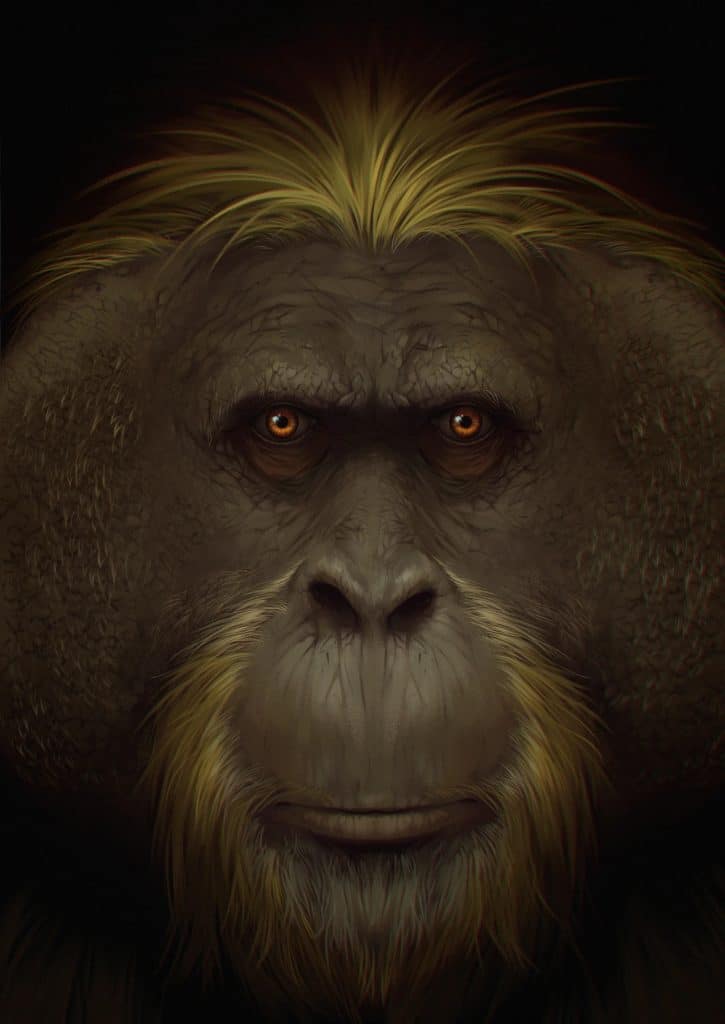
This ancient primate stood up to 10 feet tall (3 meters) and weighed over 440 to 660 pounds (200–300 kg), approximately three to four times a human’s weight!
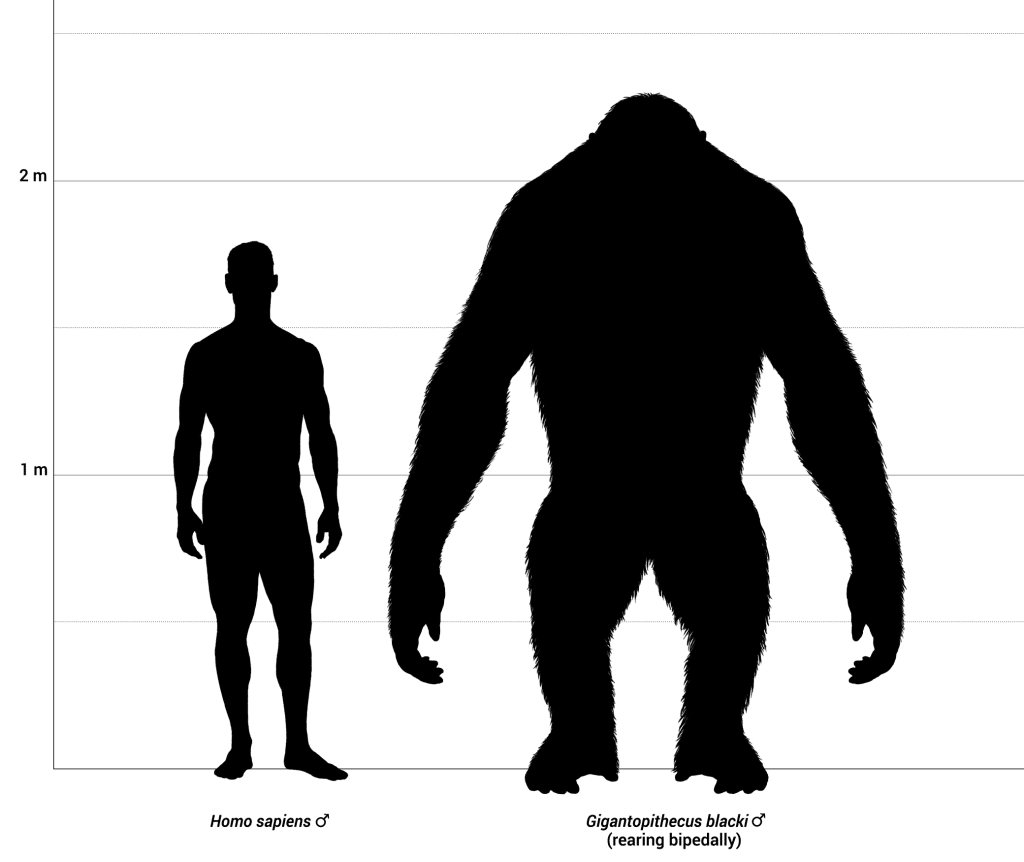
Imagine how big that ape was!
Gigantopithecus blacki thrived in the forested plains of China’s Guangxi region, eating fruits, flowers, and other tough vegetation. However, they went extinct about 300,000 years ago, at the beginning of the last Pleistocene ice ages.

For decades, scientists have tried to unravel the mystery of why the Gigantopithecus blacki went extinct since the ape was discovered nearly a century ago.
But now, a newly published study suggests the Gigantopithecus died because it couldn’t adapt after its forest home rapidly changed into open grasslands. They had a difficult time finding enough nutritious food.
Because of their size, they needed a large amount of food. However, there was an insufficient supply since the forested areas deteriorated. Also, their massive size made it difficult to swing into the trees and go very far to search for food.
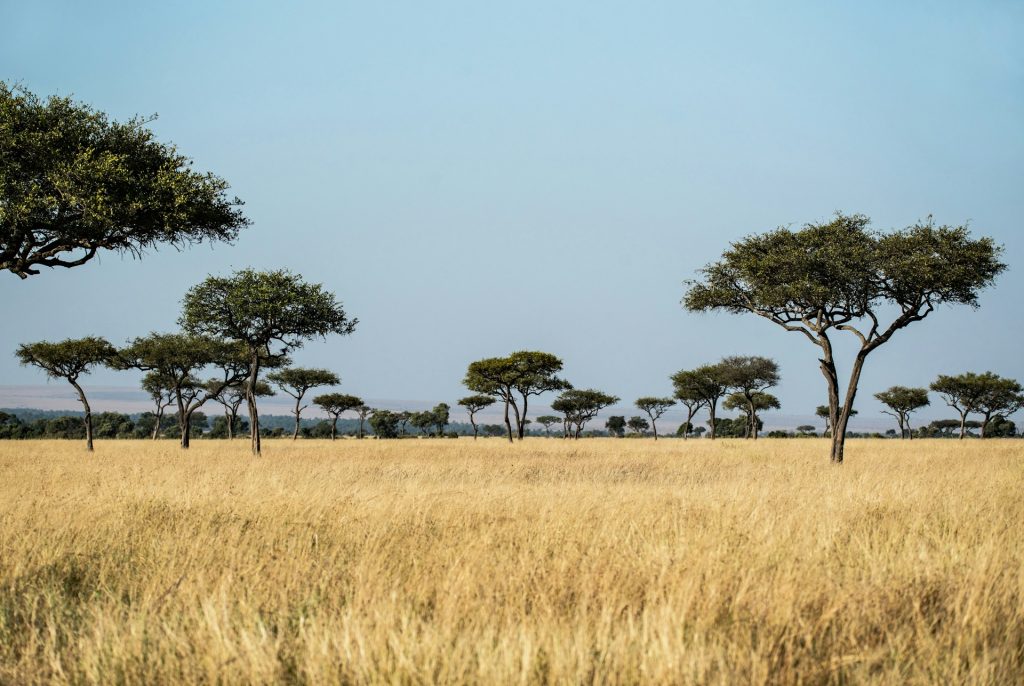
Instead of eating their preferred food, like fruits and other vegetation, the giant apes were forced to eat less nutritious food, like bark and twigs, from the fast changing forest floor as it became more depleted.
According to the researchers, the Gigantopithecus was wiped out since they were so slow to adapt to a drying climate. However, its smaller orangutan relative, Pongo weidenreichi, endured the changing environment far better and thrived. Sadly, the Gigantopithecus blacki’s size became its downfall.

So, how did the researchers find this analysis?
For decades, little was known about G. blacki. However, scientists learned about this extinct giant ape species when a German paleontologist named Gustav von Koenigswald found massive molars in Chinese drug stores sold as medicinal dragon teeth in 1935.

Since then, researchers have found about 2000 fossilized teeth and four jawbones from the extinct species in southern China, Vietnam, and India. However, oddly, no complete skeleton or even a skull has ever been recovered.
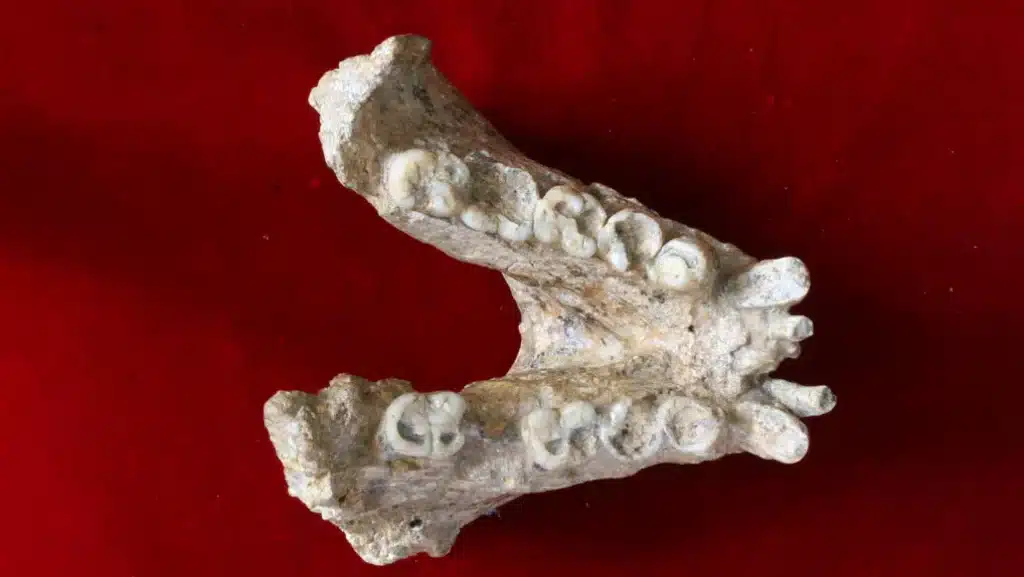
Image credit: WEI WANG
A group of Chinese and Australian scientists gathered sediment samples from 22 southern China caves bordering Vietnam. Out of these, half had Gigantopithecus fossils, while the other half did not.
The researchers used six dating techniques or scientific methods that analyze the age and origins of fossils, remains, or other artifacts to get accurate dates for the extinction of G. blacki.
According to their findings, the giant ape ate a lot of fruit while living in a dense forest from the late middle Pleistocene period, around 2.3 million years ago. However, around 600,000 to 700,000 years ago, its habitat began to change, becoming more open grassland.
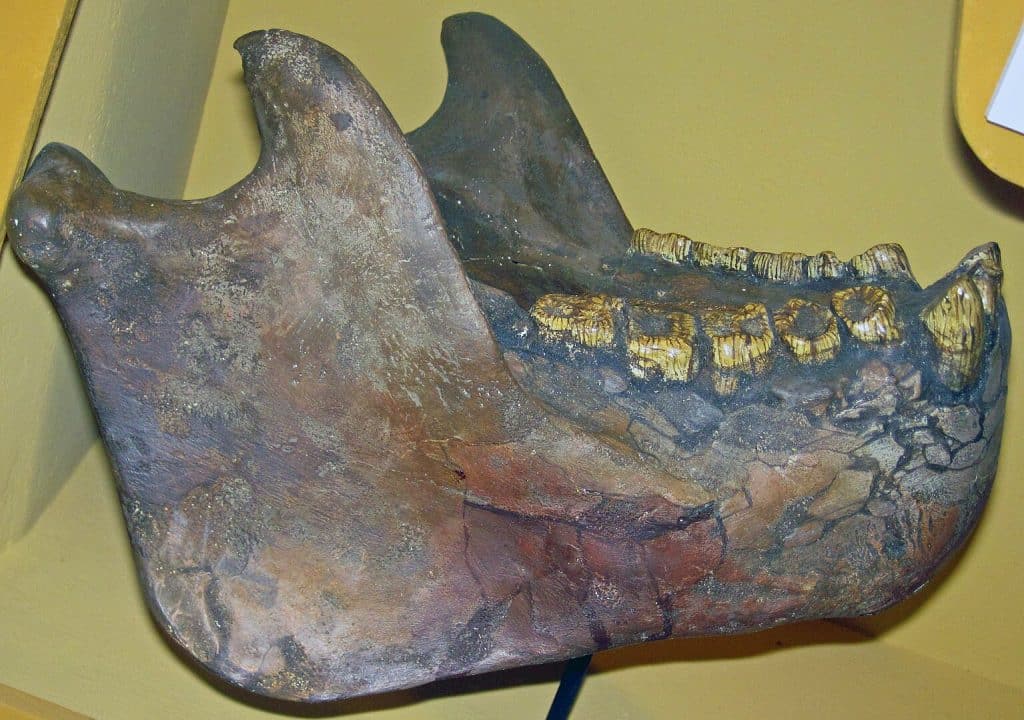
Analysis of pollen and fossils also helped the researchers envision what the environment looked like during the years when the species disappeared. They found that the climate and plants in the area changed a lot, which caused dry times and less water availability in the region.
They also analyzed the fossilized teeth and looked at the microscopic wear patterns to know what the Gigantopithecus was eating. They found scratches and pits on the teeth, meaning the giant ape ate more tough, fibrous foods like bark and twigs.
Since the G. blacki lost the environment it needed to survive, they were also unable to adapt and died.
